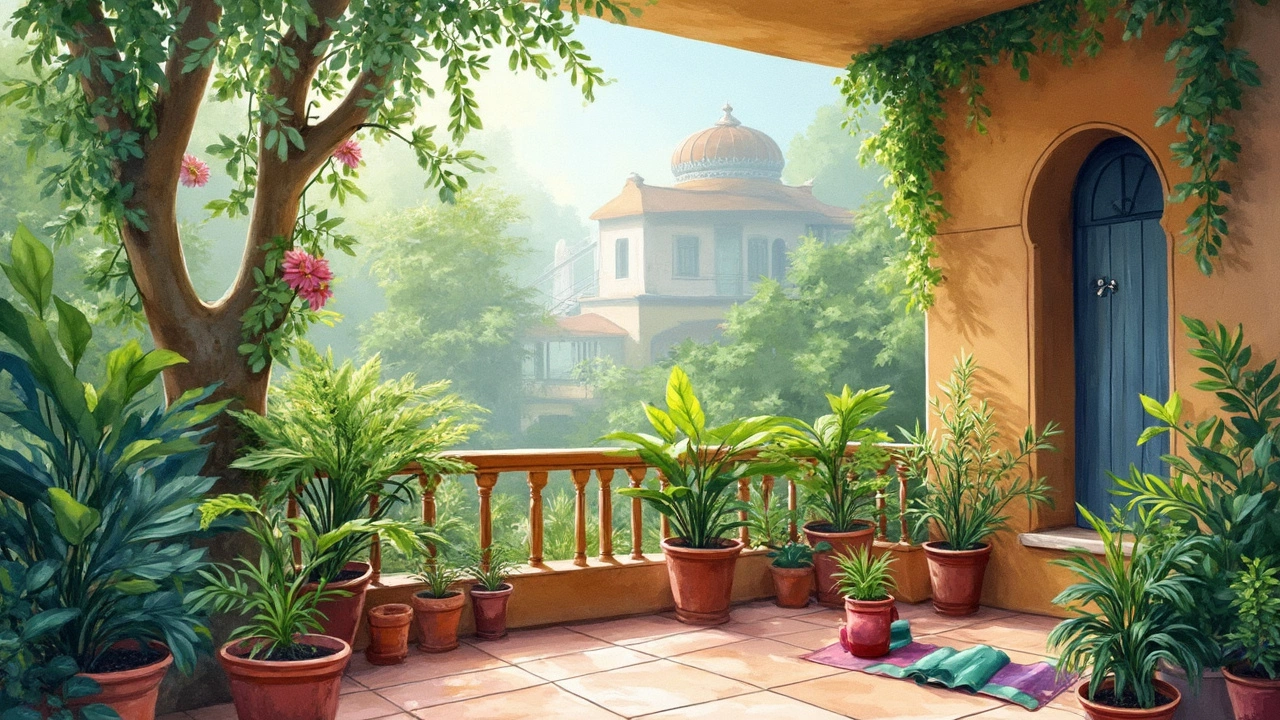Balcony gardens can be a delightful addition, but knowing what not to include is just as important. Avoid placing items that can attract pests, cause blockages or damage, or create hazards. Ensure your balcony setup is safe and low-maintenance for a thriving garden. Understanding space limits and structural integrity is key to a successful garden setup.
Gardening Mistakes to Avoid in Indian Homes and Balconies
When you make gardening mistakes, errors in plant care, watering, or placement that lead to poor growth or death of plants. Also known as gardening blunders, these aren’t just about forgetting to water—they’re about misunderstanding how plants actually live in India’s heat, humidity, and seasonal swings. Most people think gardening is about buying pretty plants and putting them in pots. But the real issue? Where you put them, what you mix in the soil, and how often you water. A hydrangea on a south-facing balcony in Delhi won’t survive afternoon sun. A tomato plant in a tiny pot with no drainage will rot before it flowers. These aren’t rare cases—they’re everyday mistakes.
Balcony gardening, growing plants on terraces, balconies, or small outdoor spaces in urban Indian homes. Also known as container gardening, it’s one of the most popular ways to grow food and flowers in cities—but also one of the most misunderstood. People use plastic pots that trap heat, fill them with regular dirt instead of amended soil, and water daily because they think more is better. But dense clay soil in India doesn’t drain well. Drip emitters clog from mineral buildup. Rabbits eat zinnias in spring. And no, rice doesn’t come back every year—it’s an annual, and planting it like a perennial is a waste of time and effort. These aren’t myths. They’re mistakes backed by real failures in homes from Mumbai to Lucknow.
Soil amendments, materials added to garden soil to improve its structure, drainage, and nutrient content. Also known as soil conditioners, they’re the quiet heroes most gardeners ignore. If your soil feels like concrete, adding compost or perlite isn’t optional—it’s survival. And drip irrigation? It’s efficient, but only if you clean the emitters every few months. Clogged lines mean uneven water, stressed plants, and wasted money. You don’t need fancy tools. You need to know what your soil needs, what your plants actually want, and how Indian weather changes what works in January versus July.
Some mistakes are obvious—like planting hydrangeas where they get full afternoon sun. Others are sneaky, like using styrofoam as mulch because it’s cheap, not realizing it breaks down into microplastics. Or thinking that if a plant blooms in a nursery, it’ll bloom in your balcony. It won’t. Not without the right light, airflow, and root space.
What you’ll find below isn’t a list of dos and don’ts. It’s a collection of real fixes from gardeners who’ve been there. From how to loosen dense soil in Kolkata to why your drip system fails in monsoon season, these posts cut through the noise. No fluff. No theory. Just what actually works in Indian homes, balconies, and small plots.
